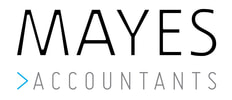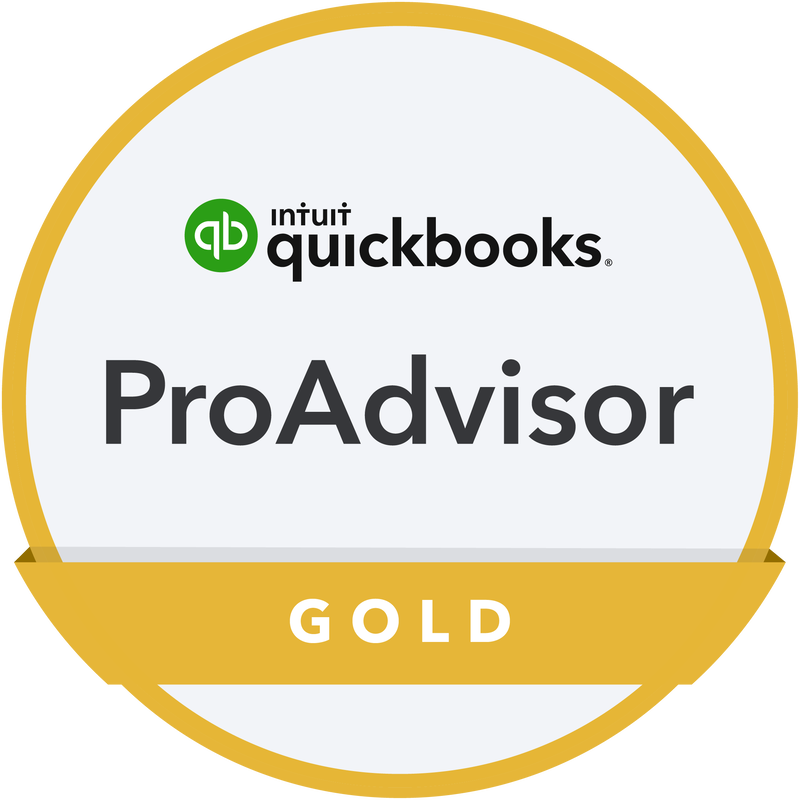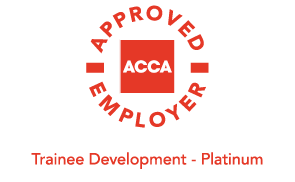YEAR END TAX PLANNING: MAXIMISING BENEFITS FOR YOUR BUSINESS
Published 20 March 2024
We are now within the final month of the tax year, and for many businesses, the end of the tax year is also the end of the business’s financial year. This can be a good time to review your business tax planning to ensure that you minimise tax.
Assessing profit extraction methods
Particularly for limited companies, profit extraction methods can be a key part of tax planning. Whether it involves salaries, bonuses, dividends, or a combination of these, choosing the right strategy can significantly impact tax liabilities.
Optimising the method and timing of when you extract profits can mitigate tax while ensuring that owners and key staff are compensated fairly.
Dividends
Dividends are a fundamental part of the way any company distributes profit. For an owner managed company, though, dividends frequently play a key role in the owner’s remuneration strategy.
Particularly as the tax year concludes, it is important to check the timing of your dividend payments. For instance, have you earned more this year than you expected? Might another dividend payment push you into higher rate tax? If so, deferring a dividend may help you.
By aligning dividend payments with tax thresholds and allowances, you may be able to reduce your tax exposure.
Capital allowances
Capital allowances are a tax relief available on many types of capital expenditure. Bringing forward or delaying the purchase of capital items, for example IT equipment or a refurb project, can help you to maximise the allowances available.
For companies whose profit level means they pay at the marginal relief rate, optimising capital allowance claims can also help to reduce the tax rate that a company would otherwise pay.
Naturally, it is always important to avoid letting the tax ‘tail wag the dog,’ but using capital allowances effectively can not only reduce tax liabilities but also help to fund vital investment in business assets.
Mayes Accountants
Tel: 01254 300050
Email: [email protected]
Location |
Registered as Auditors and regulated for a range of investment business activities in the United Kingdom by the Association of Chartered Certified Accountants Copyright@2018 Mayes Business Partnership Ltd 1974-2024
|








